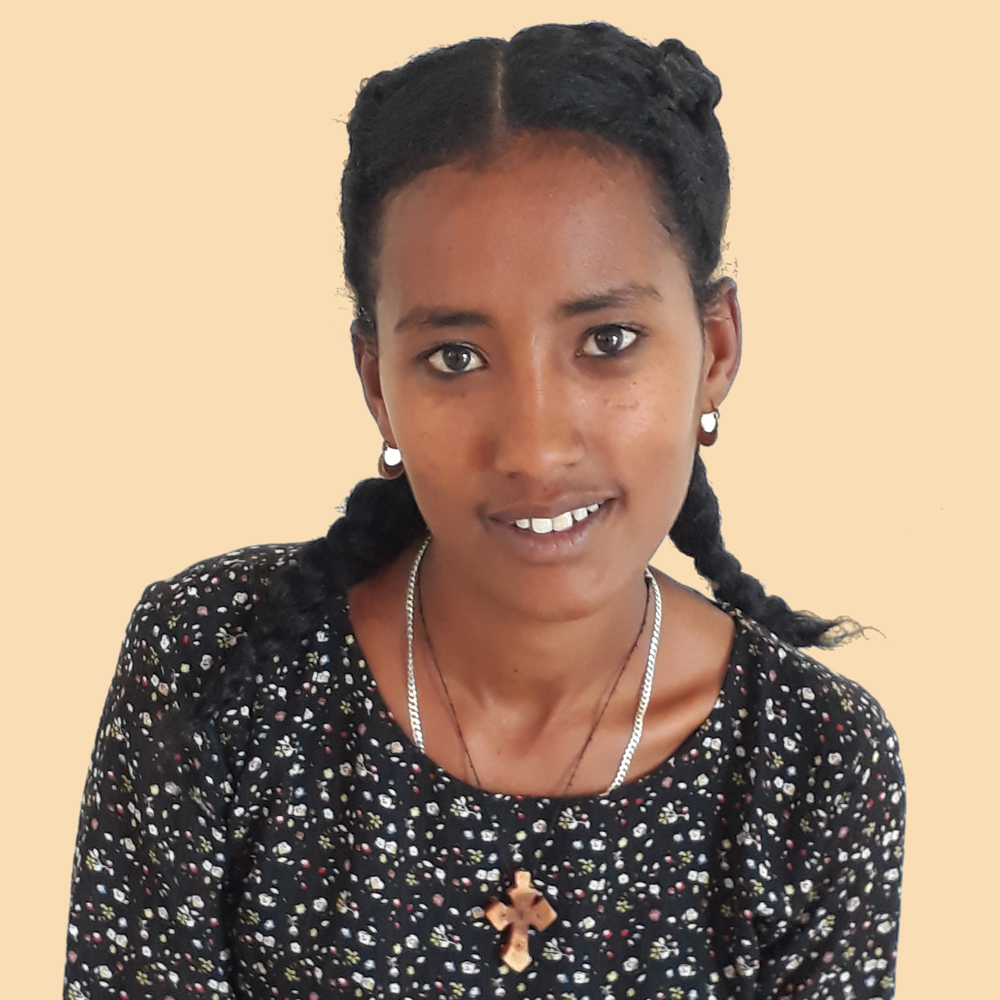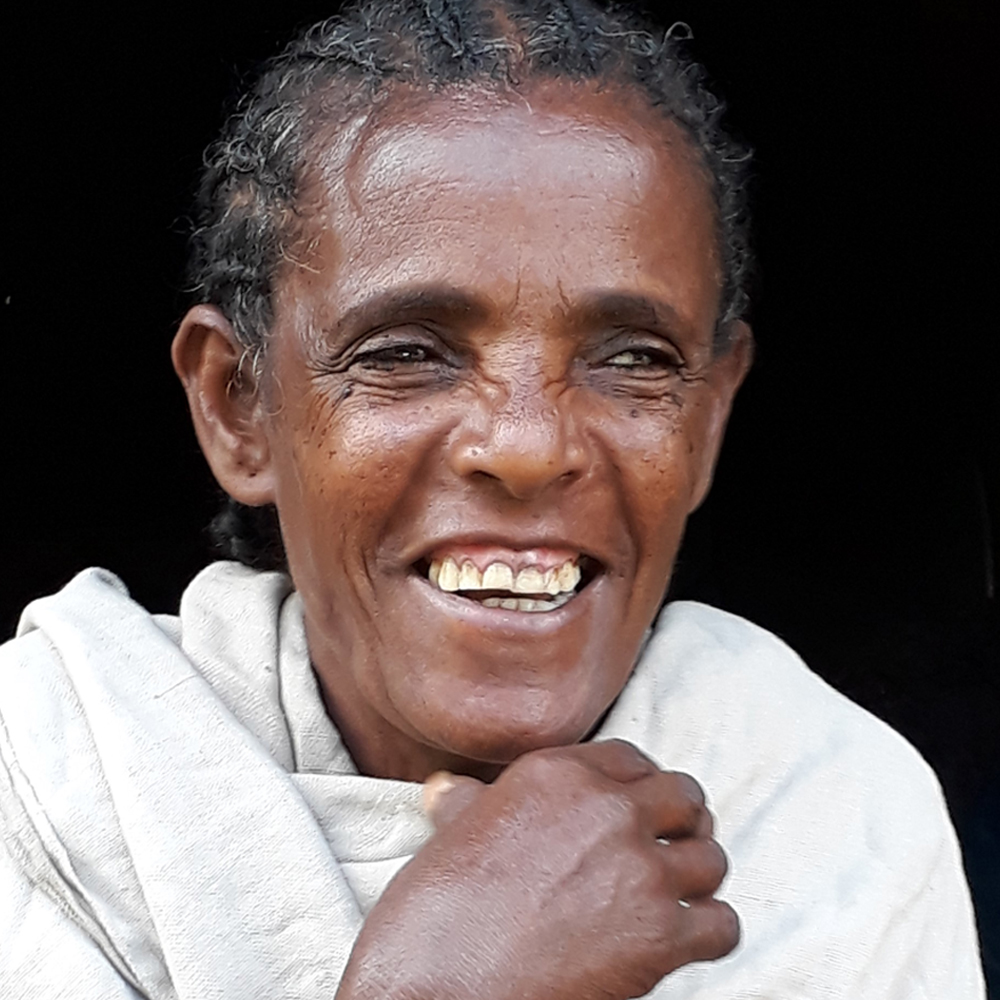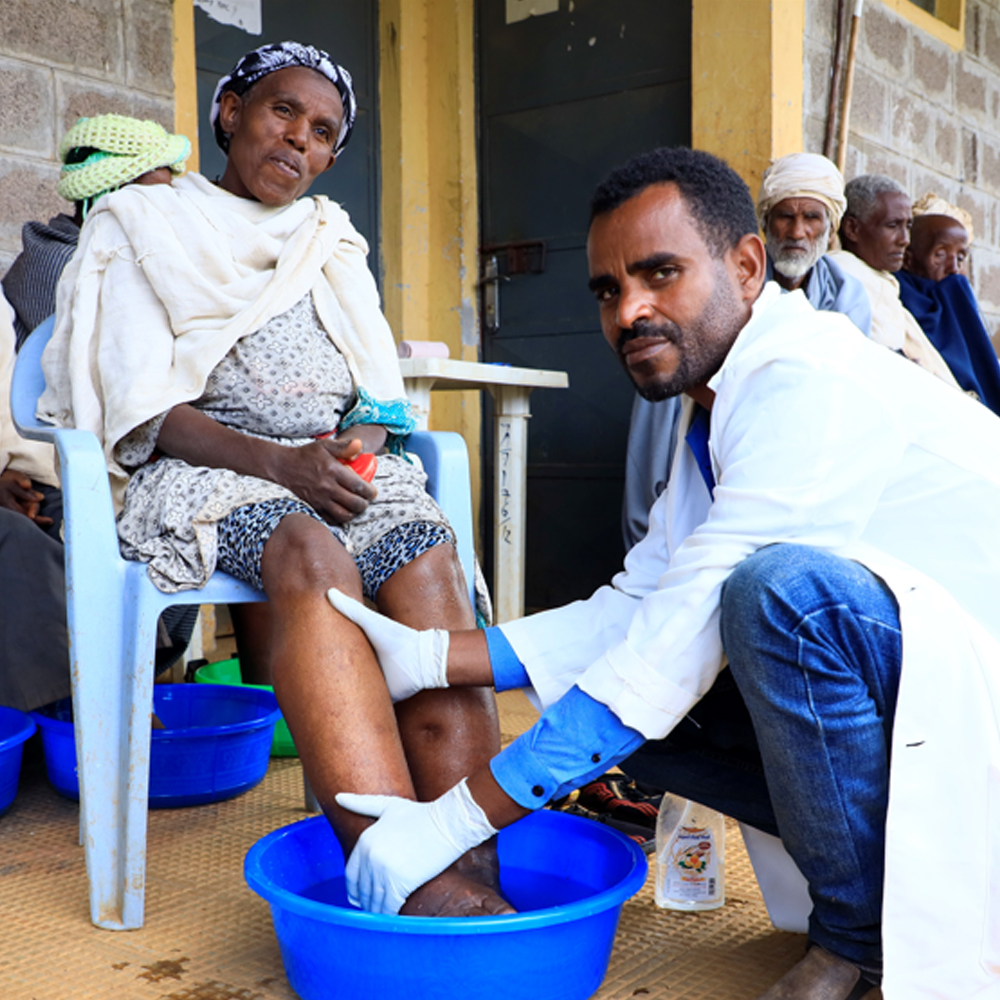
How a Teenage Girl Is Helping Lead the Way
“I had never heard of podo before,” said Tena, a 17-year-old student in Amhara, Ethiopia.
Like Tena, many in the region know little about podoconiosis, or “podo.” It’s caused when silicates in the volcanic soil used for farming come into contact with bare feet and enter the lymphatic system. This debilitating disease is estimated to affect nearly half a million people in Ethiopia’s Amhara region. Those with the condition suffer from extreme swelling of the feet and lower legs, accompanied by excruciating pain.
Tena participated in an IOCC-organized program on her school campus that included drama, music, and poems to educate and mobilize the school community on preventing and treating podo.
After the program, she shared, “Today I learned about the cause, prevention, and treatment of podo, and I’ll teach my parents and family to keep their feet clean and wear shoes regularly. I’ll also include podo as a discussion topic in our girls’ club and share with other students by organizing events.”
Tena is one of many Ethiopians who, having learned the facts about podo, is committed to spreading the word in her community.
Since 2010, IOCC has been the only organization in the Amhara region educating communities about podo’s causes and prevention and helping treat those who have the disease. Eleven IOCC-operated clinics have helped more than 300,000 afflicted or at-risk adults and children through either treatment or prevention.
The combination of community-centered education, prevention, and treatment is proving successful. IOCC is committed to ongoing work with researchers and communities and to remaining at the forefront of efforts to help people affected by podo.





